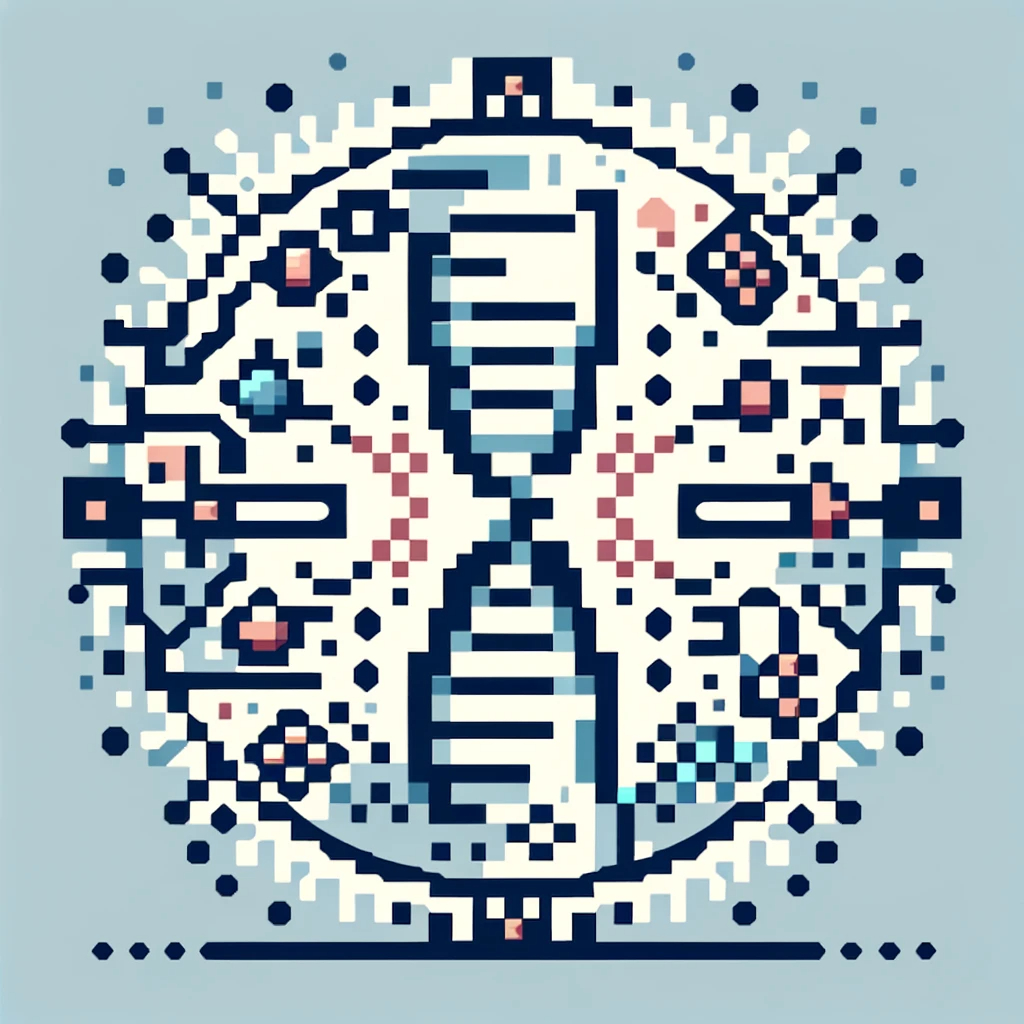Transductive Learning for Textual Few-Shot Classification: Proof of Proposition
by
March 1st, 2024
Audio Presented by

University's most read scientific papers about Transduction, the viral transfer of genetic material from one to another.
About Author
University's most read scientific papers about Transduction, the viral transfer of genetic material from one to another.
